According to the General Statistics Office, Vietnam's labor productivity in 2023 will reach about 199.3 million VND/worker, equivalent to 8,380 USD/person/year. This figure is significantly lower than that of regional economies : Singapore ~87,000 USD, South Korea ~79,000 USD, China ~26,000 USD, Thailand ~16,000 USD.
Dr. Duong Thi Kim Lien, Director of the Institute for Business Innovation Support, said that the large productivity gap shows deep limitations in technological capacity, labor skills and management efficiency of the Vietnamese business sector, especially the private economic sector.
In recent years, along with the wave of national digital transformation, a number of large enterprises such as Viettel, FPT, VinGroup, VNPT, Thaco ... have pioneered investments in artificial intelligence (AI), big data (Big Data), IoT, production automation, Cloud Computing and data analysis platforms. Some startups have also applied AI in healthcare, finance, smart agriculture...

However, in reality, there are still many gaps. According to the Vietnam Enterprise Digital Transformation Report 2023, only about 15% of small and medium-sized enterprises (SMEs) deploy basic digital applications such as accounting software, electronic invoices, and e-commerce. Less than 3% have a plan to invest systematically in AI, big data, or smart manufacturing.
“There is still a lot of room for improvement. Applying artificial intelligence and strategic technology is no longer an option, but a mandatory path if Vietnam wants to narrow the productivity gap, increase added value and compete regionally and globally,” Ms. Lien emphasized.
Meanwhile, the majority of SMEs – accounting for 97% of the total number of enterprises, still lack internal capacity, investment capital and necessary digital skills. Many enterprises do not have a dedicated technology department, have not formed the mindset of “data is an asset”, “AI is a strategic tool”. Along with that is the lack of connection with the innovation ecosystem such as research institutes, universities, and technology support organizations.
In addition, the policy system has been in place but has not been effective in practice. Support packages have not reached the right target; access procedures are still cumbersome; monitoring of implementation is limited, causing many businesses to be slow to change.
To create a breakthrough in productivity in the current context, Dr. Duong Thi Kim Lien proposed that it is necessary to synchronously deploy many practical solutions. In particular, it is necessary to promote communication and publicize business support policies through newspapers, seminars, and training courses at the local level, helping businesses raise awareness and proactively approach.
Localities need to quickly review and publicize support plans, make transparent the mechanism for selecting beneficiary enterprises, and ensure that policies reach the right places and the right subjects.
Ms. Lien also emphasized the role of large technology enterprises, which need to be supported to become pilot models, effectively spreading to the chain of satellite enterprises, especially SMEs.
At the same time, developing a local technology ecosystem is an indispensable factor, including enhancing the role of innovation centers, consulting organizations, business incubators and industry clusters in putting technology into practice.
Finally, to ensure transparency and effectiveness in policy implementation, it is necessary to establish a public feedback mechanism and strictly handle stagnant units that hinder innovation and technology application activities in enterprises.
“In the context of ready state resources, established policy frameworks and vital development requirements, coordinated action between the State, businesses, institutes, schools and international organizations is a decisive factor in moving from policy to practice, from piloting to spreading, from passive to proactive.
“If we do not take drastic action today, we will fall behind. But if we work together, a self-reliant, innovative, highly productive and high-income Vietnam by 2045 is entirely possible,” the expert emphasized.
Source: https://doanhnghiepvn.vn/cong-nghe/ung-dung-cong-nghe-don-bay-dot-pha-nang-nang-suat-lao-dong/20250527041127169


![[Photo] National Assembly Chairman Tran Thanh Man attends the VinFuture 2025 Award Ceremony](/_next/image?url=https%3A%2F%2Fvphoto.vietnam.vn%2Fthumb%2F1200x675%2Fvietnam%2Fresource%2FIMAGE%2F2025%2F12%2F05%2F1764951162416_2628509768338816493-6995-jpg.webp&w=3840&q=75)




![[Photo] 60th Anniversary of the Founding of the Vietnam Association of Photographic Artists](/_next/image?url=https%3A%2F%2Fvphoto.vietnam.vn%2Fthumb%2F1200x675%2Fvietnam%2Fresource%2FIMAGE%2F2025%2F12%2F05%2F1764935864512_a1-bnd-0841-9740-jpg.webp&w=3840&q=75)














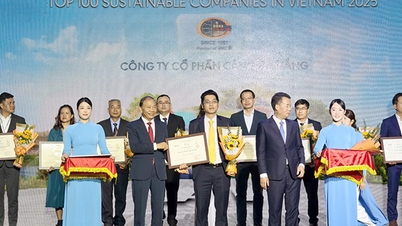
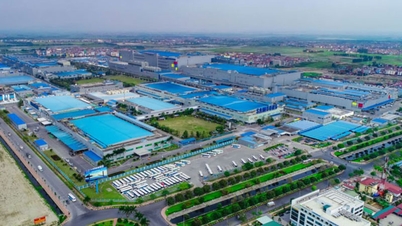




















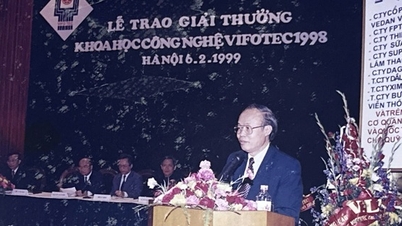



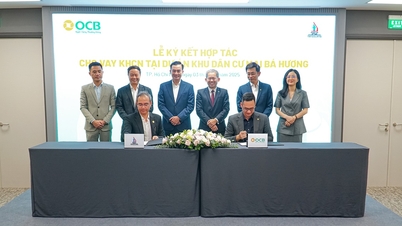


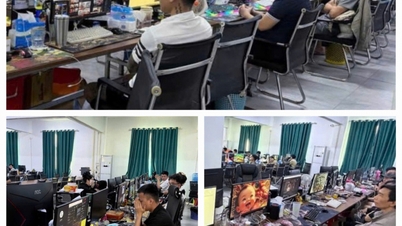

















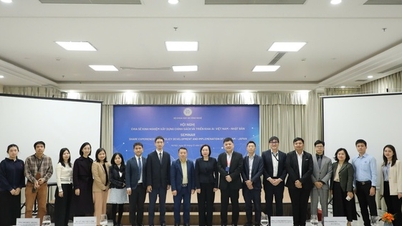












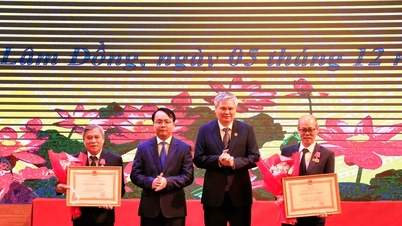



















Comment (0)